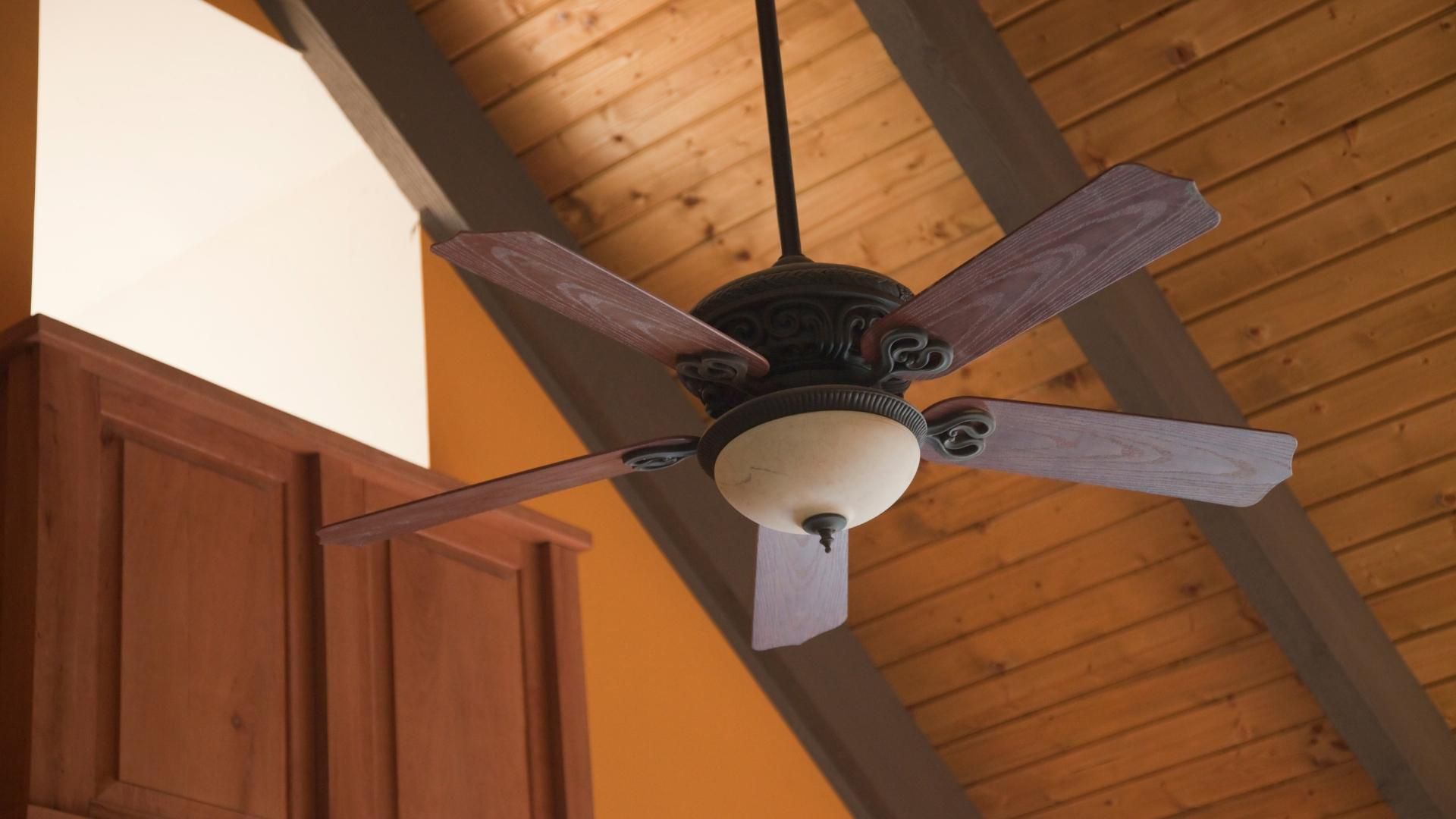

Articles
What Direction Does A Fan Go In The Summer
Modified: August 17, 2024
Find articles on what direction a fan should go in the summer for optimal cooling. Explore tips and advice to beat the heat and stay comfortable.
(Many of the links in this article redirect to a specific reviewed product. Your purchase of these products through affiliate links helps to generate commission for Storables.com, at no extra cost. Learn more)
Introduction
When the scorching heat of summer arrives, most of us turn to our trusty fans to keep us cool and comfortable. But have you ever wondered which direction your fan should be spinning in the summer? Is it clockwise or counterclockwise? The answer may surprise you.
Understanding the direction in which fans should spin during the summer is vital to ensure maximum comfort and efficiency. In this article, we will delve into the science behind fan direction and the benefits it brings. So, let’s turn up the breeze and uncover the secret to cooling down effectively!
Key Takeaways:
- Optimize your fan’s cooling effect by setting it to rotate counterclockwise in the summer. This creates a refreshing breeze that makes you feel cooler through the wind-chill effect, enhancing your comfort even in the hottest temperatures.
- Utilize ceiling fans for energy-efficient, cost-effective cooling. Set your fan to counterclockwise, adjust speed, and consider size/placement for maximum efficiency. Clear up misconceptions to make the most of your cooling experience.
Understanding Fan Direction
Before discussing fan direction in the summer, it’s important to understand the two main directions in which a fan can spin: clockwise and counterclockwise (or anticlockwise).
Most fans have a switch on the motor that allows you to change the direction of the fan blades. In the winter, fans are typically set to rotate clockwise to circulate warm air trapped near the ceiling downwards. However, in the summer, we want the fan to create a cooling effect by creating a breeze.
When a fan spins counterclockwise during the summer, it pushes air downwards. This creates a wind-chill effect that makes you feel cooler. On the other hand, when a fan spins clockwise, it pulls air upwards, which can disrupt the airflow and make the room feel stuffy and uncomfortable.
Understanding this concept is crucial for maximizing the benefits of your fan during the hot summer months. By ensuring that your fan spins counterclockwise, you can create a refreshing breeze that helps cool you down. So, let’s see how fans achieve this cooling effect in more detail.
How Fans Cool the Air
Have you ever wondered how a simple spinning fan can make a room feel so much cooler? The answer lies in the science of airflow and evaporation.
When a fan is operating, it creates a wind-chill effect on our skin. As the air moves across our bodies, it accelerates the evaporation of sweat, which is our body’s natural cooling mechanism. This evaporation process cools down the surface of our skin, giving us a sensation of comfort and relief from the heat.
In addition to the wind-chill effect, fans can also create air circulation in a room. When the fan blows air in one direction, it displaces the stagnant, warm air and replaces it with fresh air. This constant movement helps to distribute the cooled air more evenly, creating a more comfortable environment throughout the room.
It’s important to note that fans do not actually lower the temperature in the room. Instead, they create a perceived cooling effect by increasing evaporation and air circulation. This is why it’s essential to have proper fan direction to optimize this cooling process during the summer months.
So now that we understand how fans cool the air, let’s explore the ideal fan direction for the summer.
Fan Direction in the Summer
During the summer, the ideal direction for your fan to spin is counterclockwise. This directional setting helps create a breeze that makes you feel cooler.
When the fan rotates counterclockwise, it pushes air downwards, creating a gentle and refreshing breeze. This breeze creates a wind-chill effect on your skin, which makes you feel cooler even though the room temperature remains the same.
To determine the direction of your fan, stand directly beneath it and observe the blade movement. If the blades are rotating in a counterclockwise direction, you’re all set for a cool and comfortable summer. If they’re rotating clockwise, switch the direction using the fan’s switch on the motor.
By ensuring your fan spins in the correct direction, you can maximize its cooling effect and make your space more comfortable. However, it’s important to remember that fans cool people, not rooms. As such, be mindful of turning off the fan when you leave the room to save energy.
Now that you know the optimal fan direction for summer, let’s explore the benefits of using a ceiling fan in hot weather.
During the summer, set your fan to rotate counterclockwise to create a cooling breeze. This will help circulate the air and make the room feel more comfortable.
Benefits of Using a Ceiling Fan
When it comes to beating the summer heat, a ceiling fan can be your best friend. Here are some of the benefits of using a ceiling fan:
1. Energy Efficiency: Compared to air conditioners, ceiling fans consume significantly less energy. They are a cost-effective option for cooling your space while keeping your electricity bills under control.
2. Circulate Air: Ceiling fans are designed to circulate air throughout the room. By moving the air in a gentle downward flow, they create a cooling breeze that provides relief from the heat. This airflow can make the room feel up to 4 degrees Fahrenheit cooler.
3. Improved Air Quality: As ceiling fans circulate the air, they help prevent the buildup of stagnant air, odors, and pollutants. This promotes better indoor air quality, making your living space more comfortable and healthier.
4. Enhanced Comfort: The breeze generated by a ceiling fan creates a wind-chill effect on your skin, making you feel cooler and more comfortable. It can also help alleviate stuffiness and humidity in the room.
5. Aesthetic Appeal: Ceiling fans come in a variety of designs, styles, and finishes, allowing you to choose one that complements your interior decor. They can serve as a functional and visually pleasing element in your space.
6. Year-Round Use: Ceiling fans are not just for the summer. You can reverse the direction of the fan blades to clockwise in the winter. This gentle upward movement of air helps to distribute warm air trapped near the ceiling, improving heating efficiency.
By utilizing a ceiling fan, you can enjoy these benefits while keeping your space comfortably cool during the summer months. However, keep in mind that using a fan is not a substitute for proper ventilation and insulation in your home.
Now that we’ve explored the advantages of ceiling fans, let’s dive into some tips for optimizing fan direction in summer.
Tips for Optimal Fan Direction in Summer
To ensure you get the most out of your fan during the summer, here are some tips for optimal fan direction:
1. Set the Fan to Rotate Counterclockwise: As mentioned earlier, during the summer months, ensure your fan is set to rotate in a counterclockwise direction. This creates a cooling breeze by pushing air downwards.
2. Adjust Fan Speed: Most ceiling fans come with multiple speed settings. Experiment with different speeds to find the one that provides the most comfortable level of airflow for you.
3. Consider Fan Size and Placement: The size and placement of your fan can affect its efficiency. Choose a fan with an appropriate blade span for your room size. Make sure the fan is installed properly and is positioned in a strategic location to maximize airflow.
4. Use a Combination of Fans: If you have multiple fans in your home, strategically place them in different rooms to create a cross-ventilation effect. This helps to circulate cool air throughout your living spaces.
5. Combine Fan Usage with AC: You can further enhance the cooling effect by using your fan in conjunction with your air conditioner. The fan helps to distribute the cool air from the AC more efficiently, allowing you to set your AC at a higher temperature and save energy.
6. Proper Maintenance: Keep your fan in optimal condition by regularly cleaning the blades and checking for any wobbling or unusual noises. A well-maintained fan operates more efficiently and provides better airflow.
By implementing these tips, you can ensure that your fan is operating optimally, providing a refreshing breeze and helping you stay cool during the summer heat.
Now, let’s debunk some common misconceptions about fan direction to clear up any confusion.
Common Misconceptions about Fan Direction
When it comes to fan direction in the summer, there are a few common misconceptions that can lead to confusion. Let’s debunk these misconceptions and set the record straight:
1. Fans Cool the Room: One common misconception is that fans can actually lower the temperature in a room. In reality, fans do not cool the room itself; they provide a cooling effect on our bodies by creating air movement and promoting evaporation. Remember, fans cool people, not the space.
2. Higher Fan Speed Cools Better: While it may seem logical to assume that setting your fan to the highest speed will cool you down faster, this is not necessarily true. Fan speed primarily affects the air movement, not the temperature. It’s more important to find the right balance of airflow to create a comfortable breeze.
3. Fans Keep the Room Cool When No One is Present: Leaving your fan on when no one is present in the room does not cool the space. Fans cool through the wind-chill effect on your skin, so they work best when someone is in the room to benefit from the air movement. Remember to turn off the fan when you leave the room to conserve energy.
4. All Fans Have the Same Optimal Direction: While counterclockwise is generally the optimal direction for most ceiling fans in the summer, it’s important to note that individual fan designs may have specific recommendations from the manufacturer. Always consult the fan’s manual for the best direction setting for your specific model.
By understanding and debunking these misconceptions, you can better utilize your fan for effective cooling during the hot summer months.
Now, let’s summarize what we’ve covered so far.
Conclusion
As the summer heat rolls in, having a fan to keep you cool and comfortable is essential. Understanding the optimal fan direction can significantly enhance your cooling experience. By setting your fan to rotate counterclockwise, you can create a refreshing breeze that provides a wind-chill effect, making you feel cooler even in the hottest temperatures.
Fans work by promoting air circulation and evaporation, rather than actually cooling the room. They are energy-efficient, cost-effective, and can improve indoor air quality. Using a ceiling fan offers additional benefits such as enhanced aesthetics, year-round use, and improved comfort.
To optimize fan direction in the summer, ensure you have set your fan to rotate counterclockwise, adjust the fan speed to your preference, and consider the fan’s size and placement for maximum efficiency. Combining fan usage with air conditioning can further enhance the cooling effect while saving energy.
Clearing up common misconceptions about fan direction helps dispel confusion. Fans do not cool the room itself, higher fan speed does not necessarily cool better, and it’s important to turn off the fan when no one is present in the room to conserve energy.
Now that you understand the science and benefits behind fan direction in the summer, it’s time to make the most of your fan and keep cool during the scorching summer months. So, set your fan to counterclockwise, feel the refreshing breeze, and enjoy a comfortable summer!
Frequently Asked Questions about What Direction Does A Fan Go In The Summer
Was this page helpful?
At Storables.com, we guarantee accurate and reliable information. Our content, validated by Expert Board Contributors, is crafted following stringent Editorial Policies. We're committed to providing you with well-researched, expert-backed insights for all your informational needs.
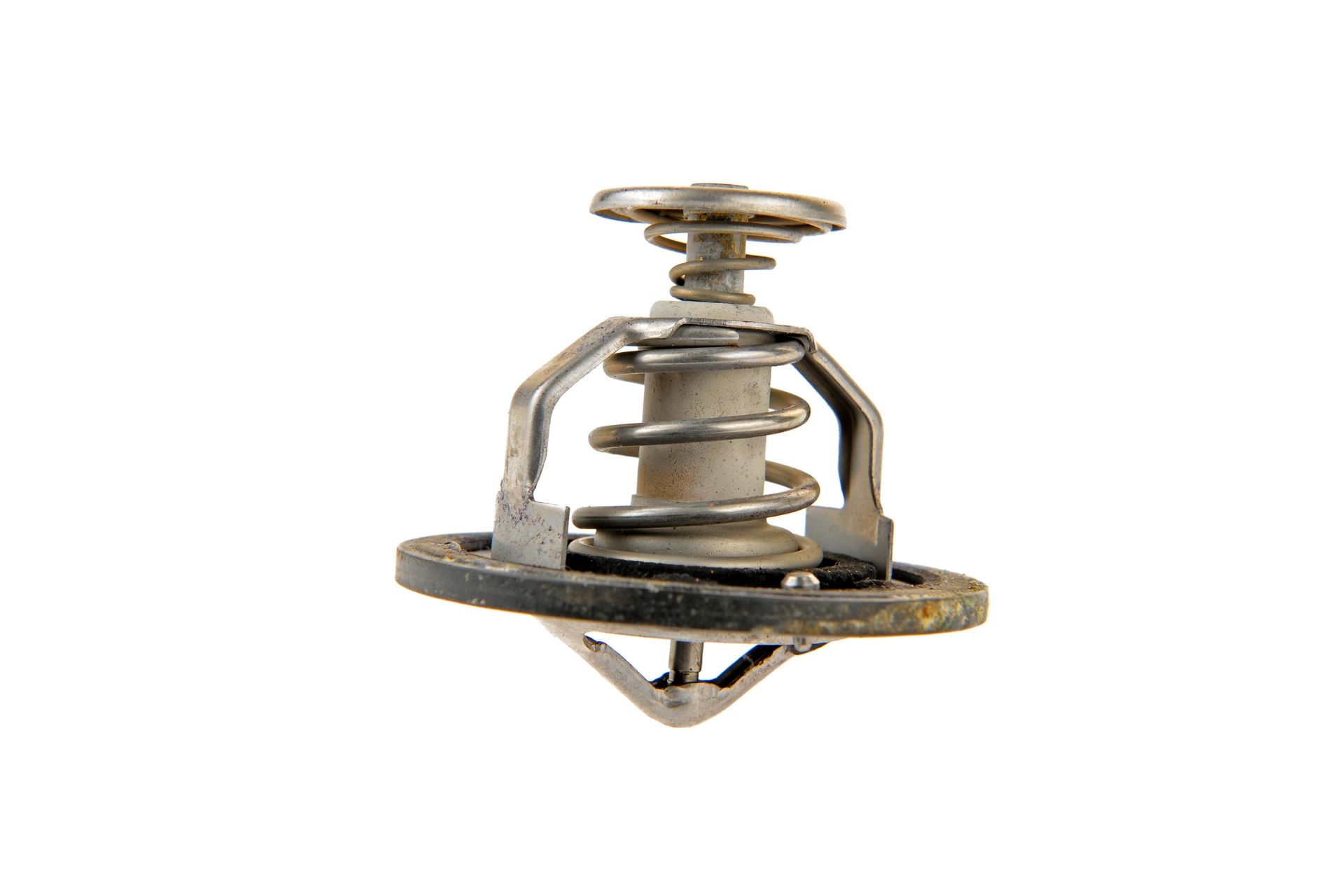
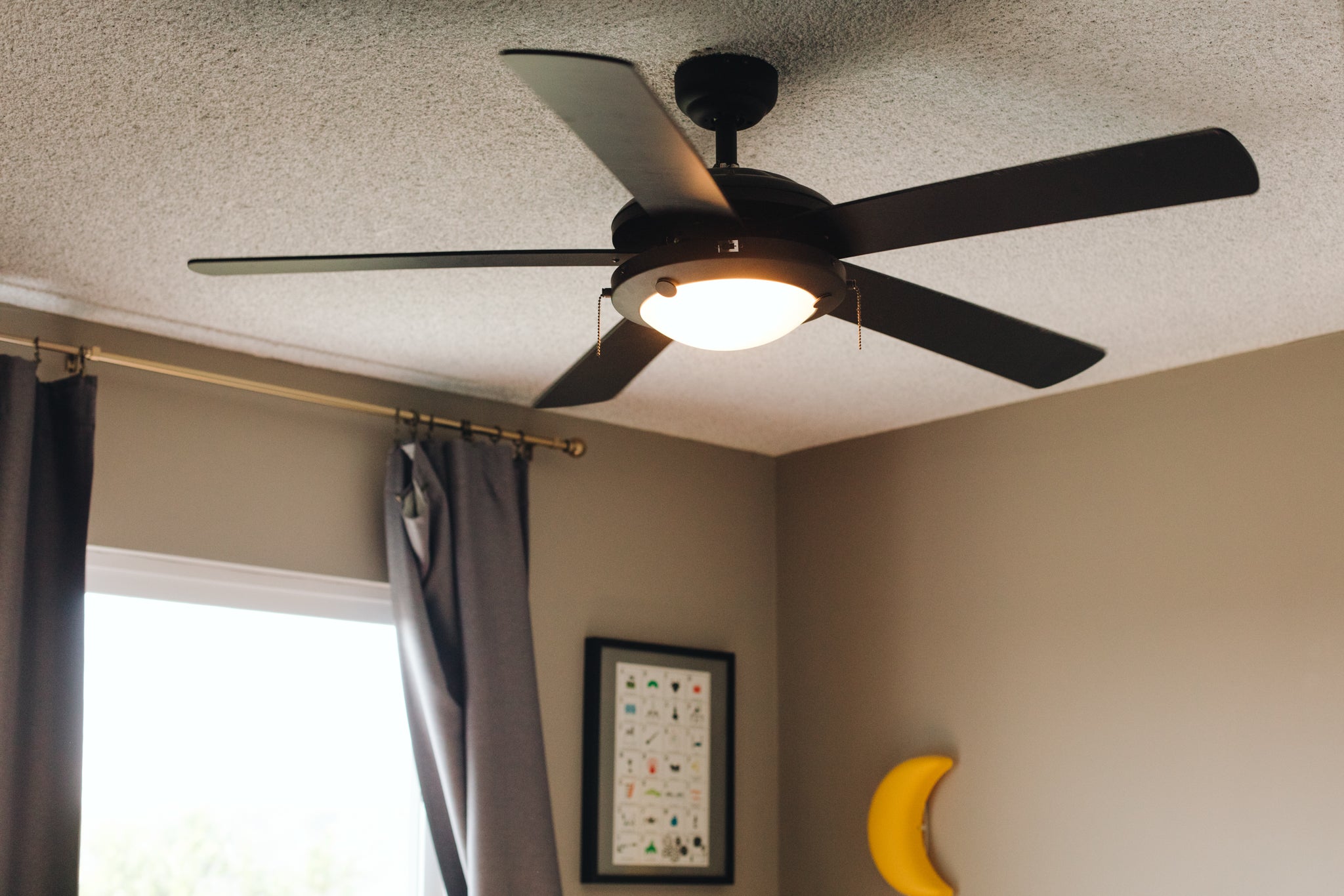

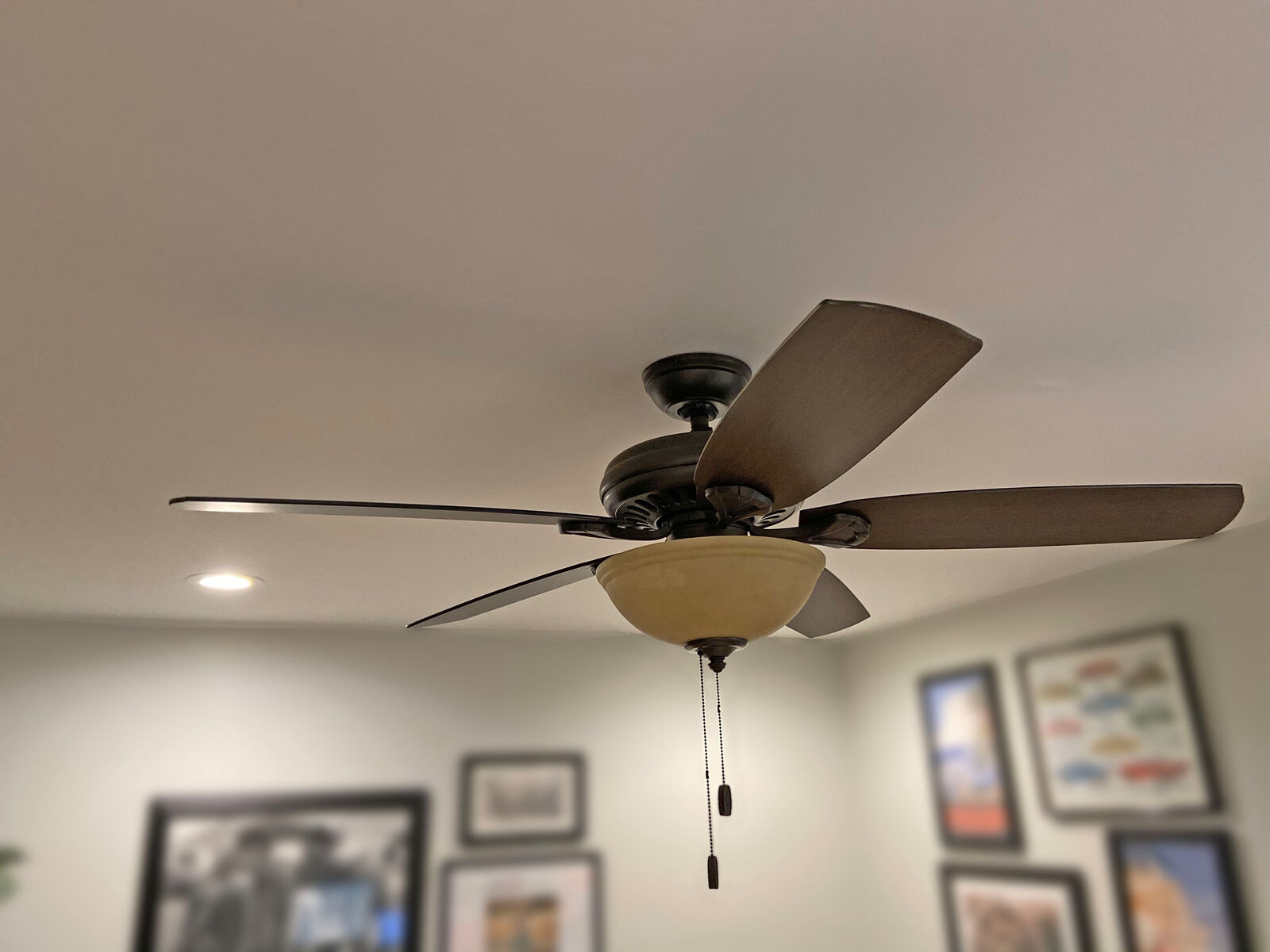
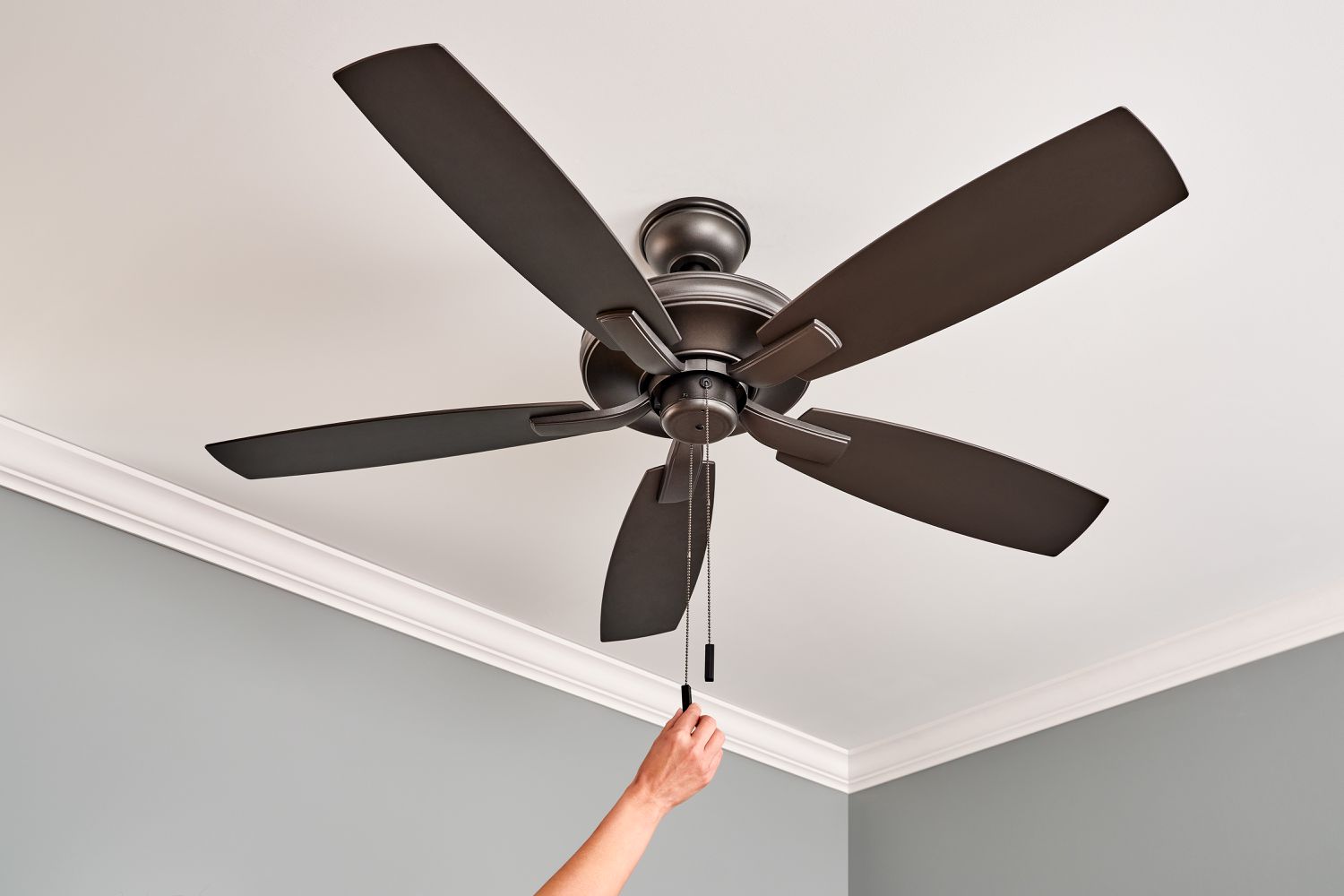
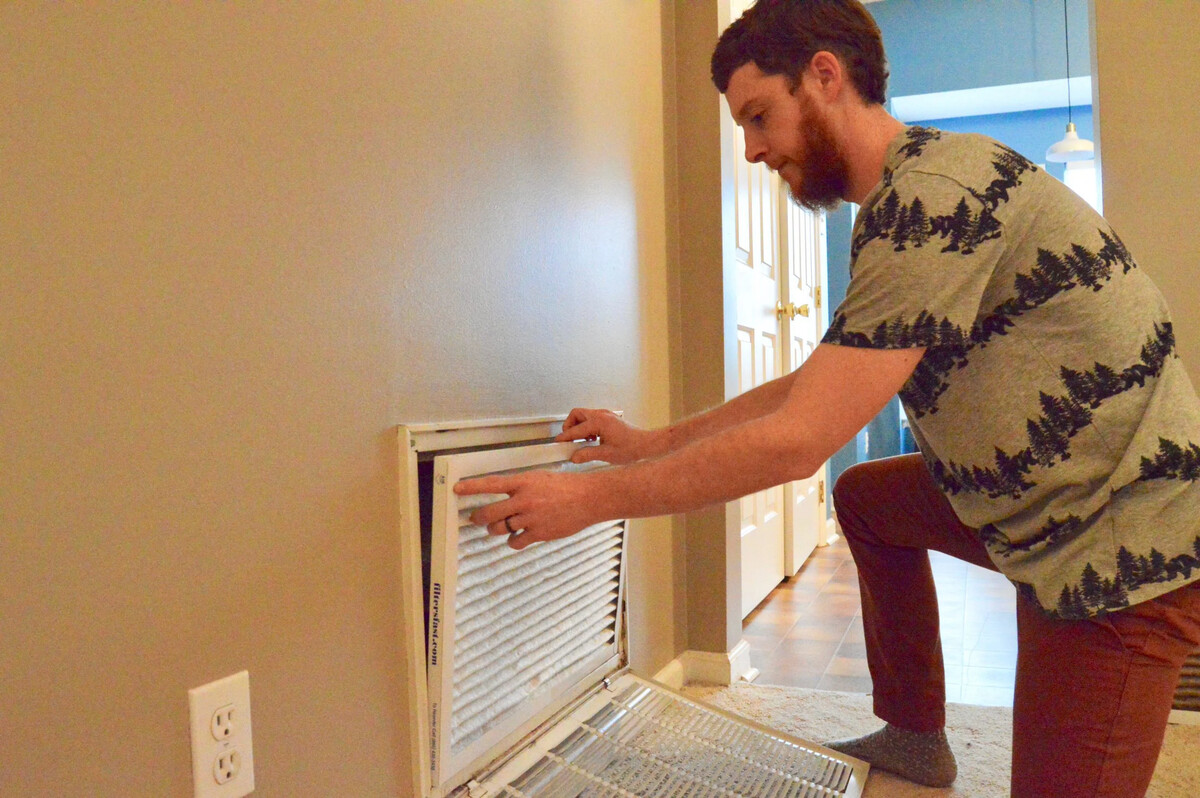
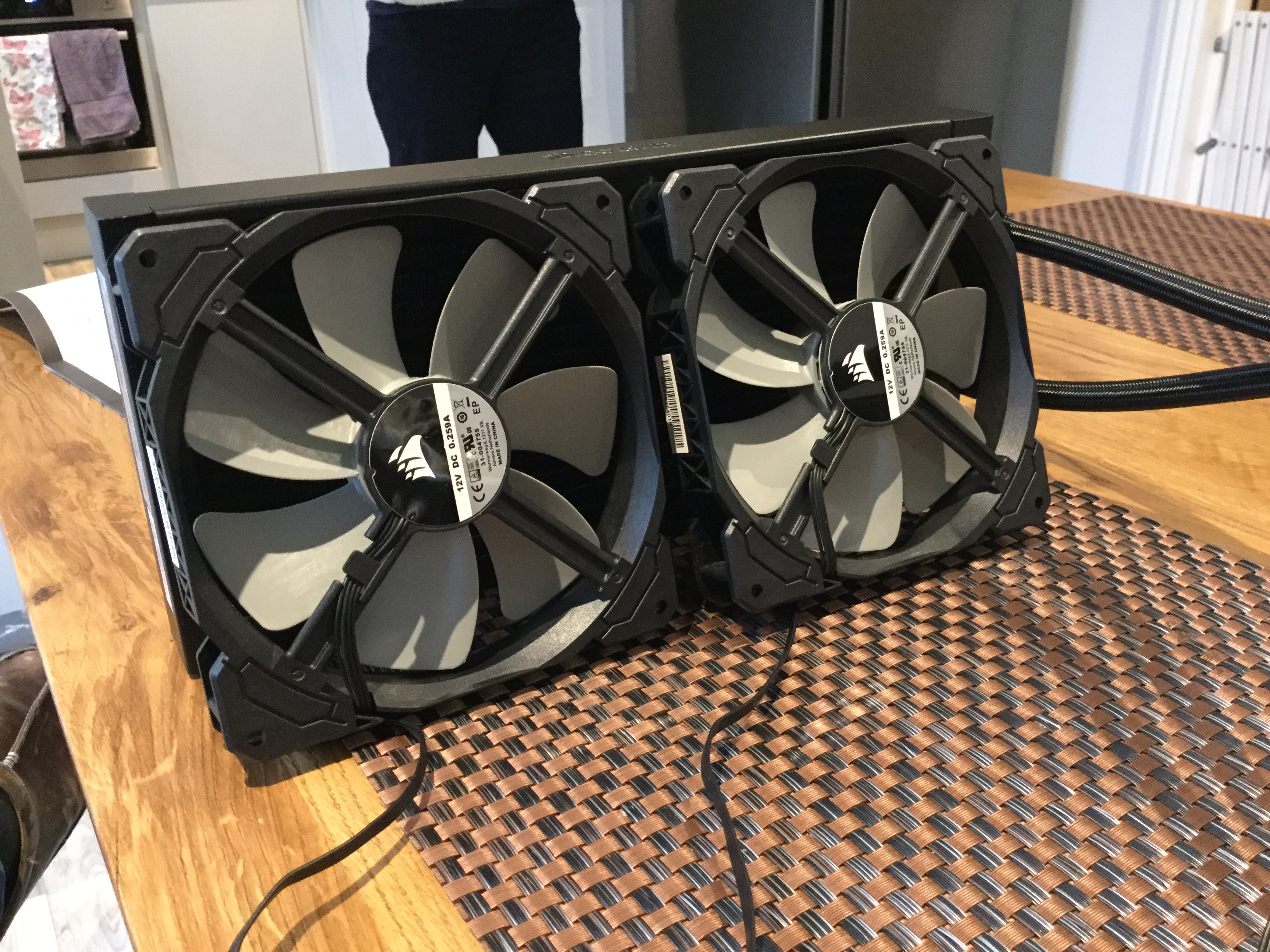
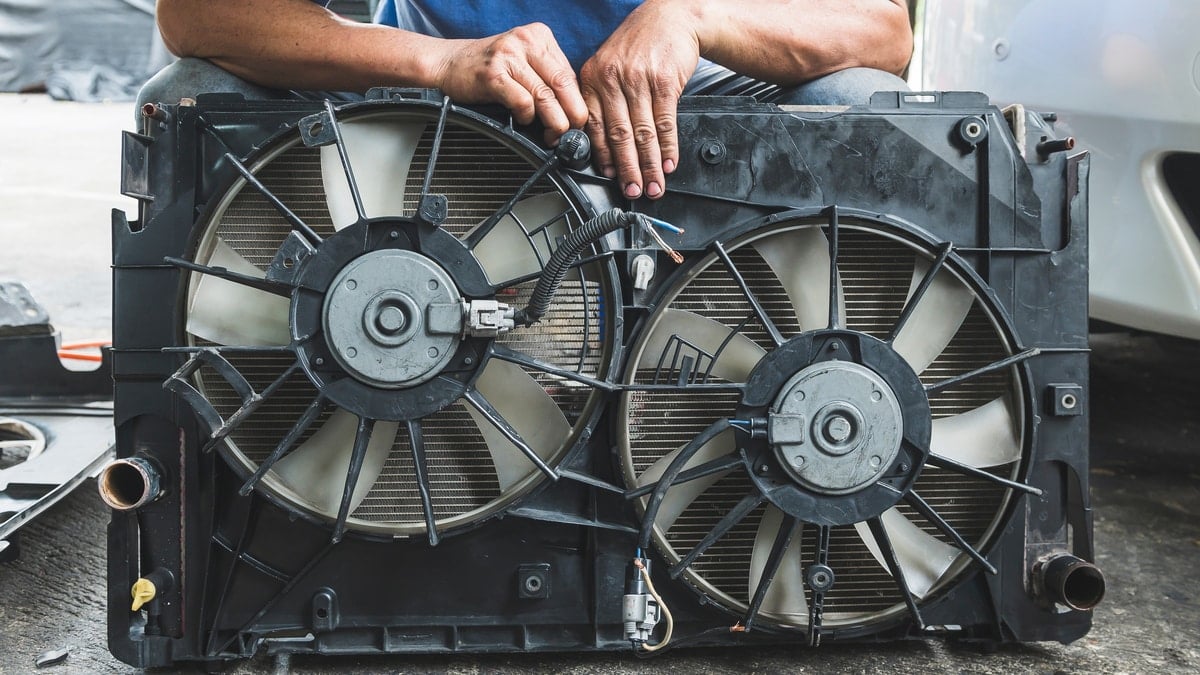
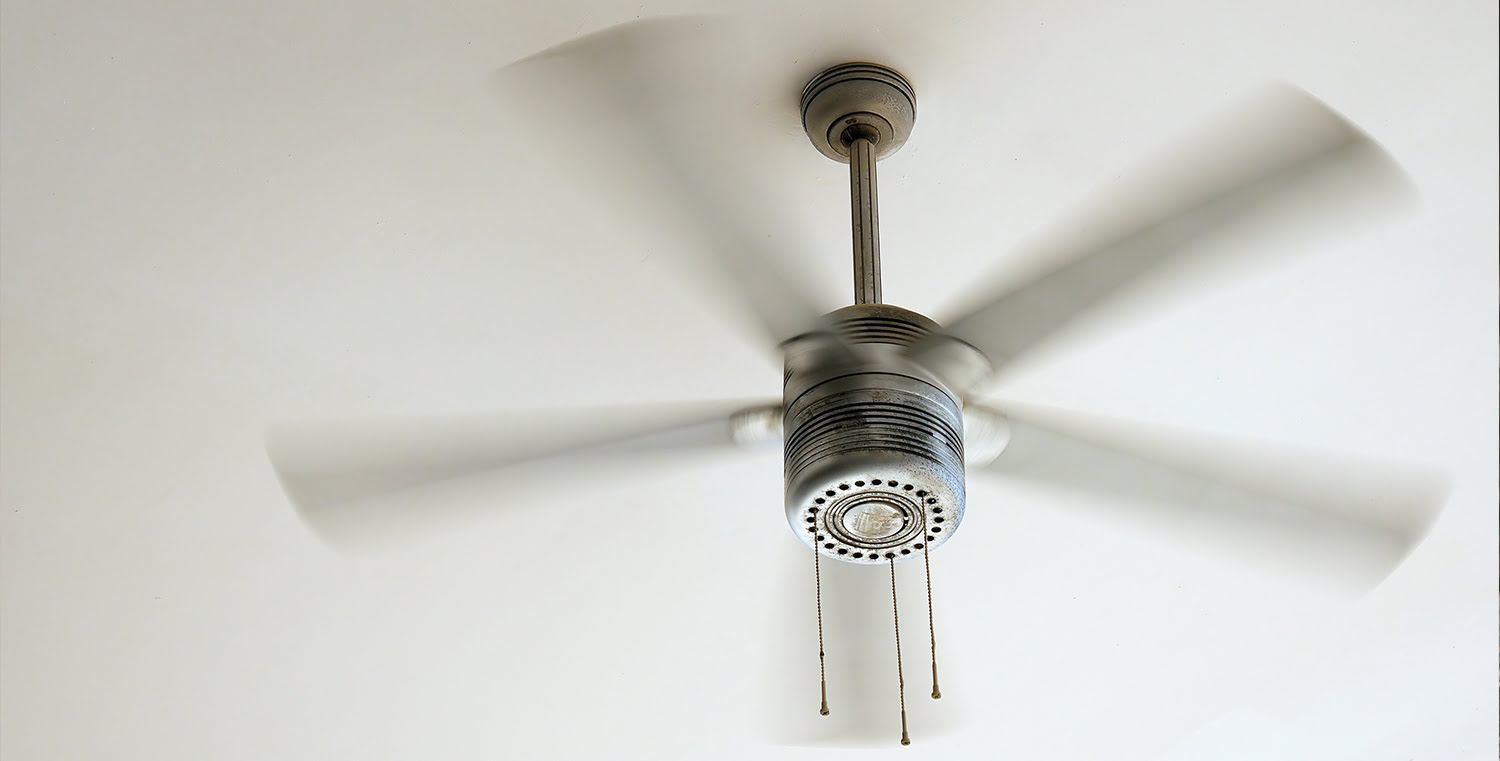

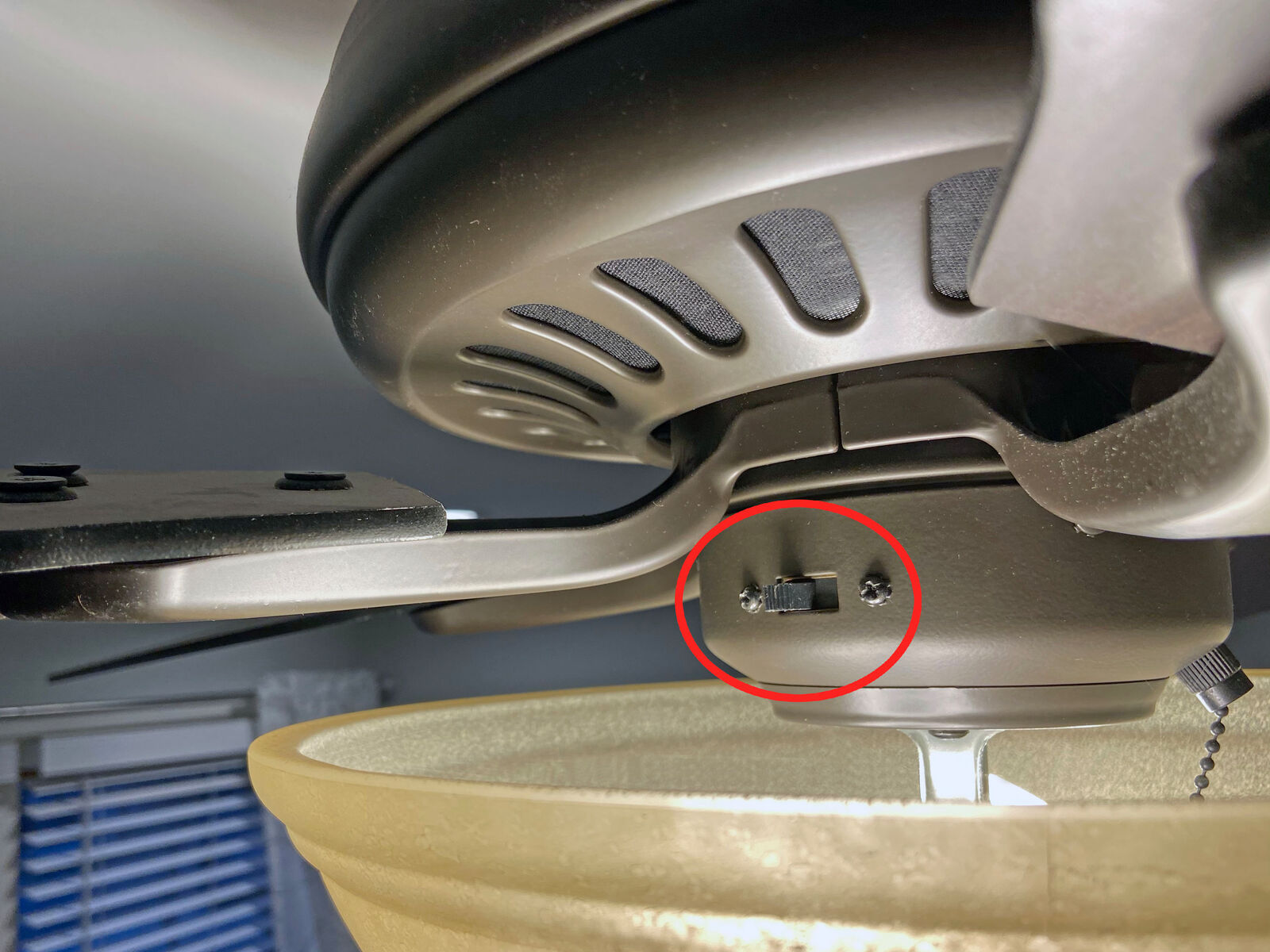

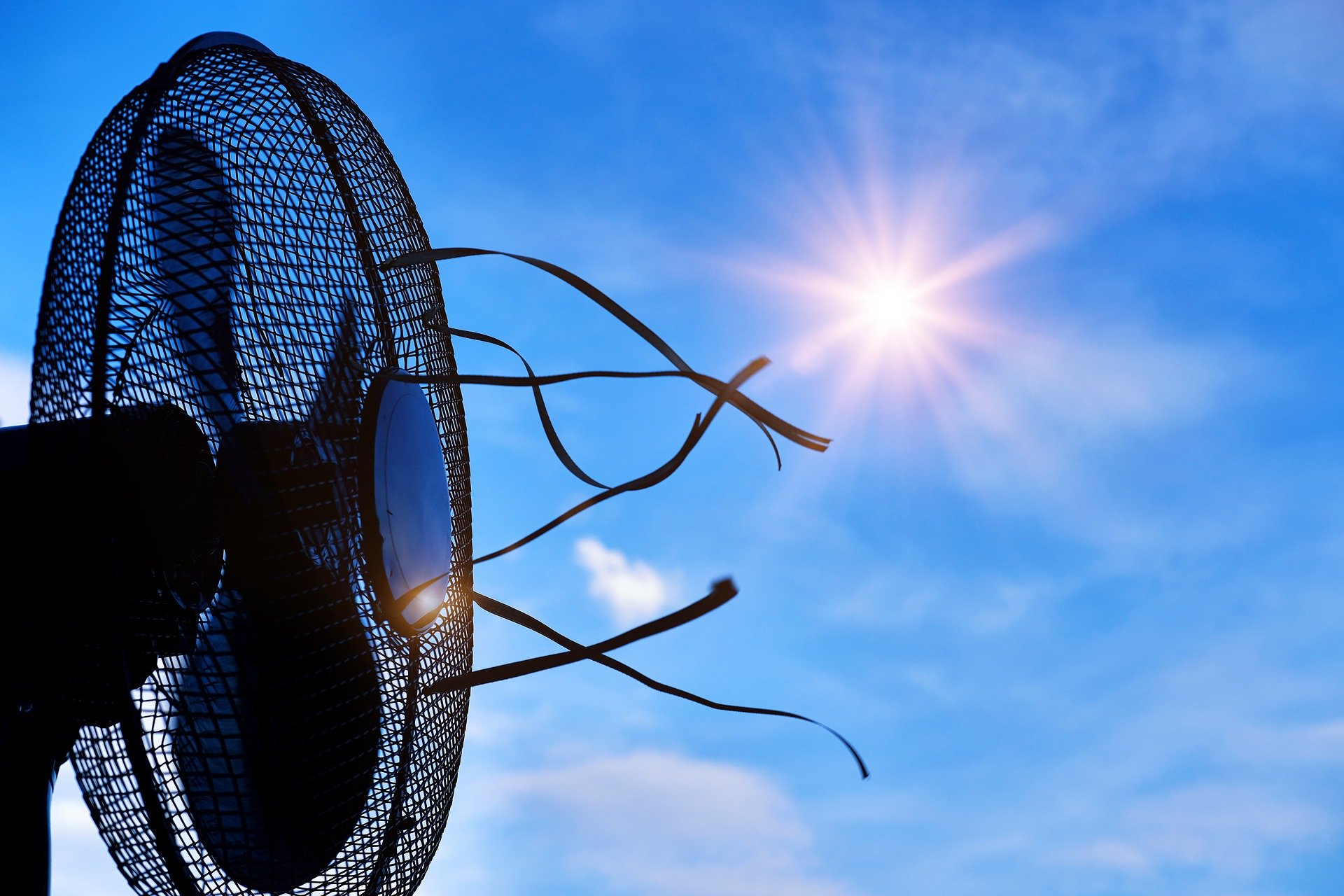


0 thoughts on “What Direction Does A Fan Go In The Summer”